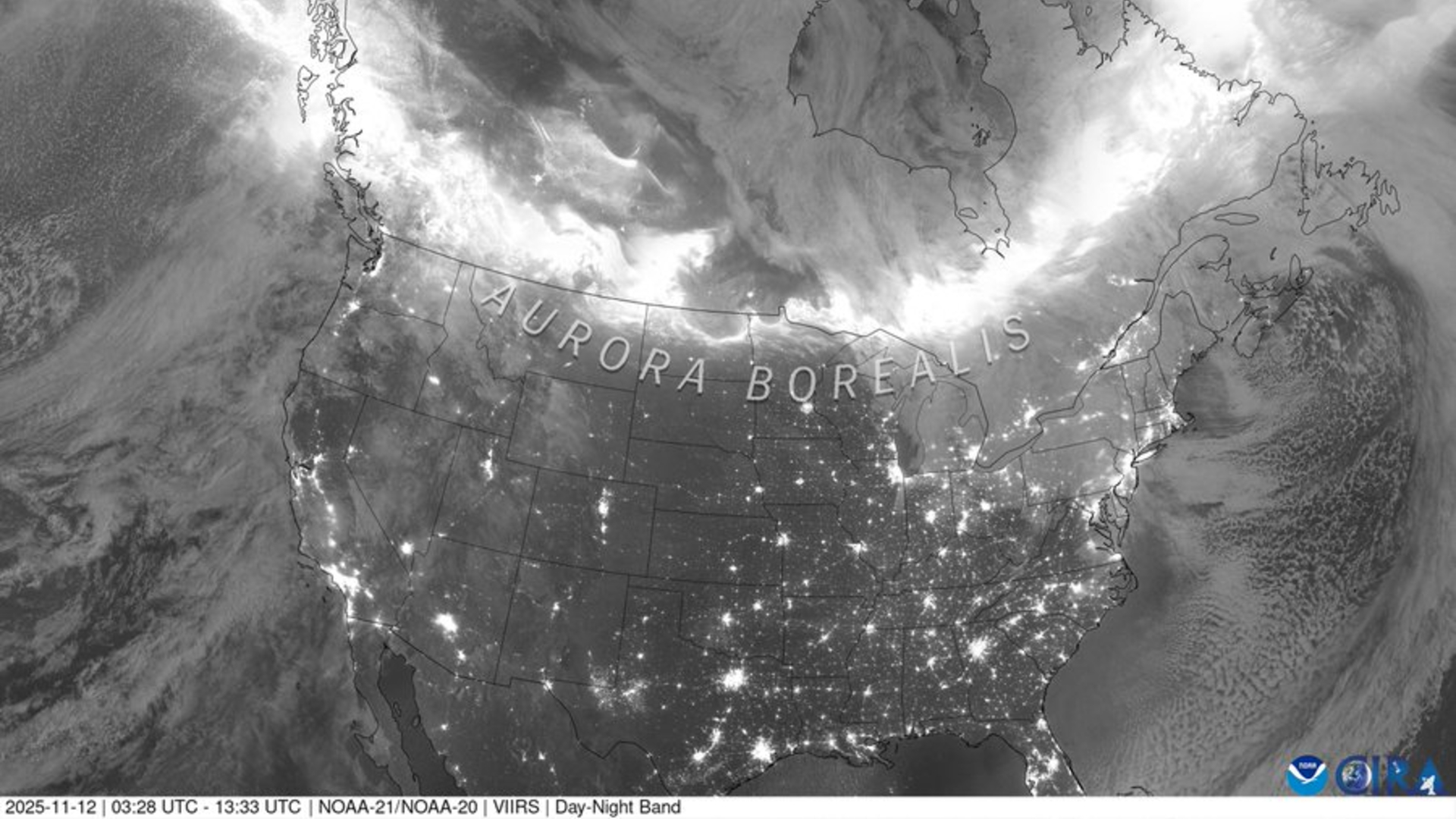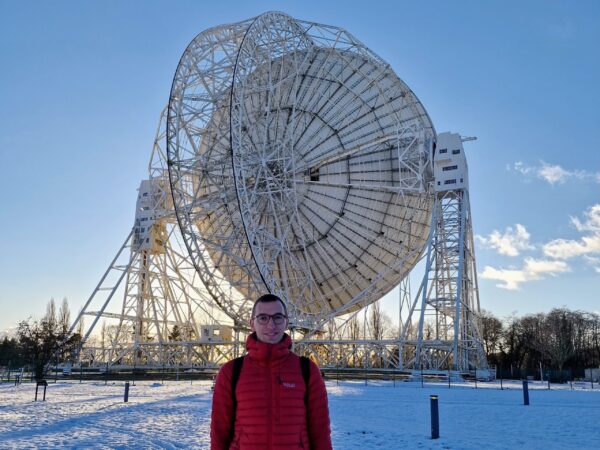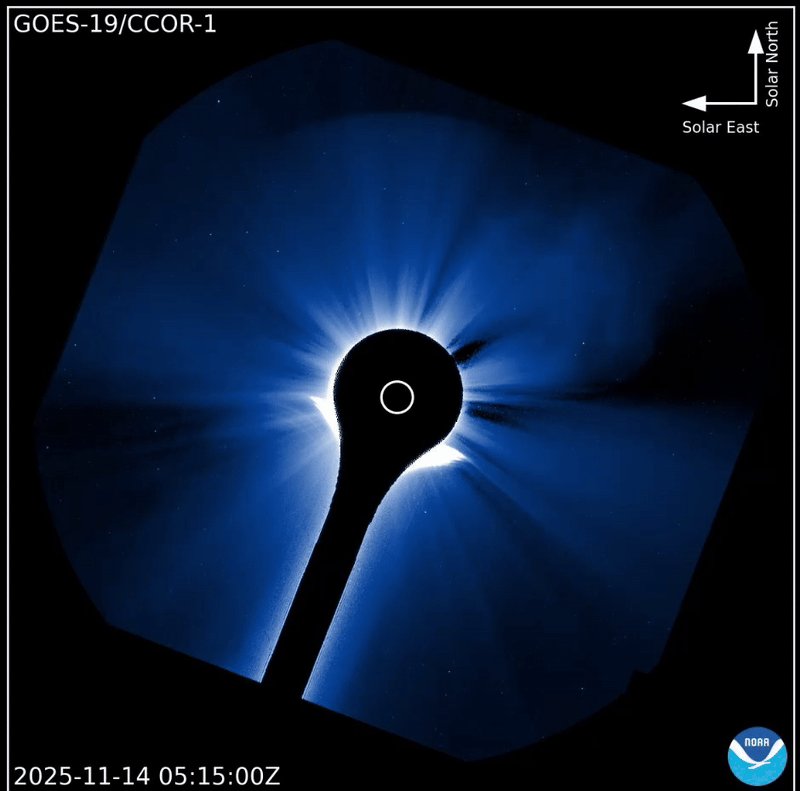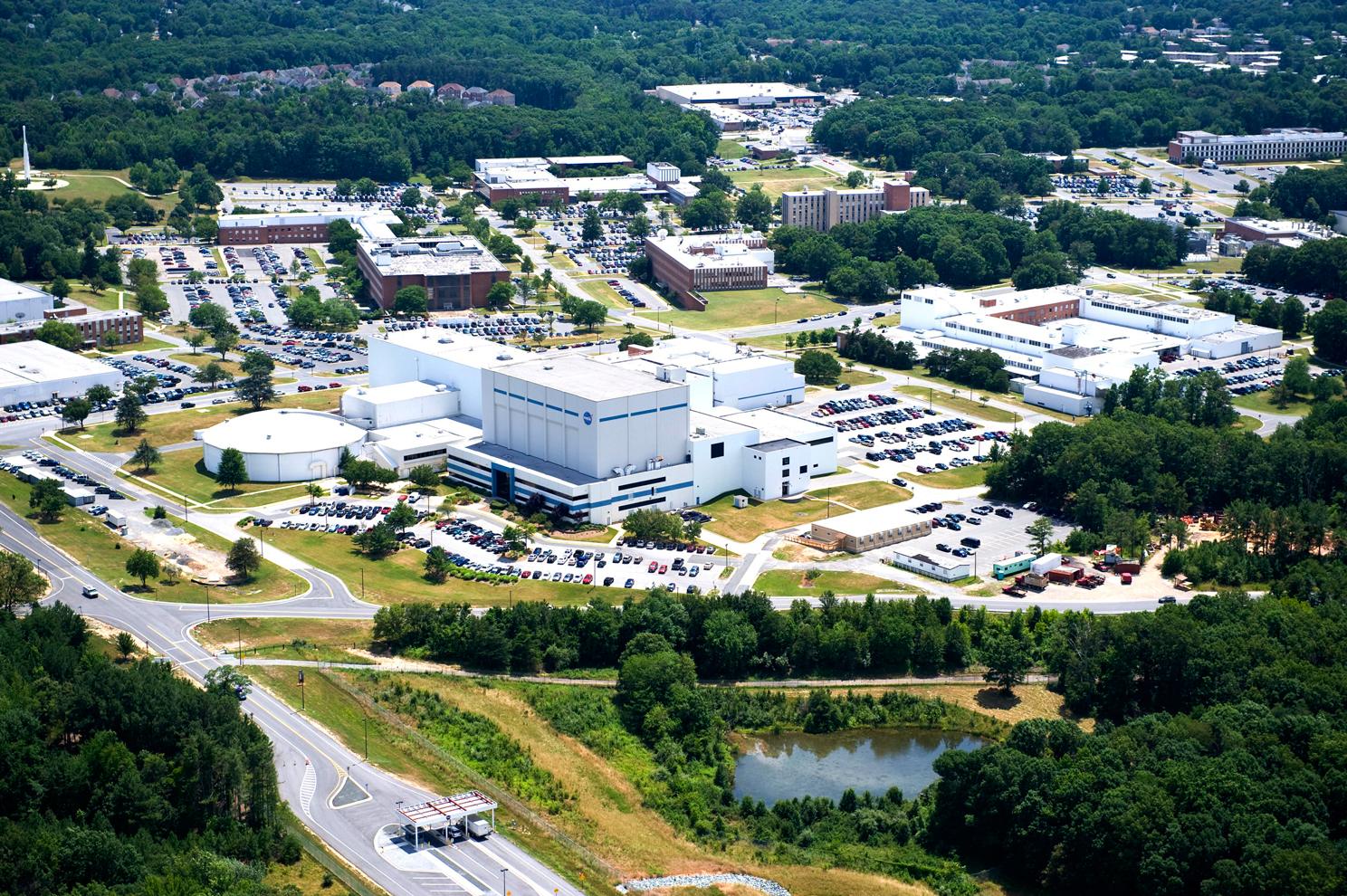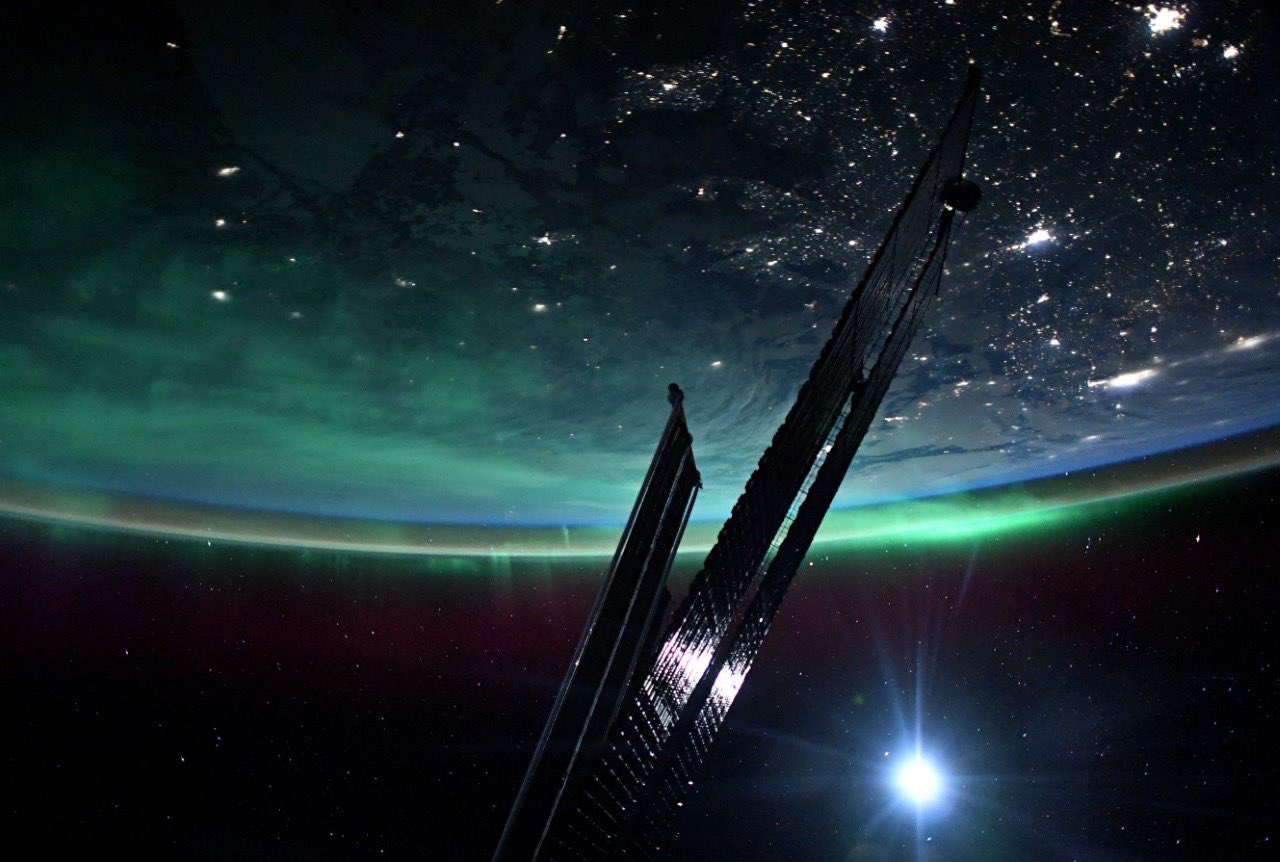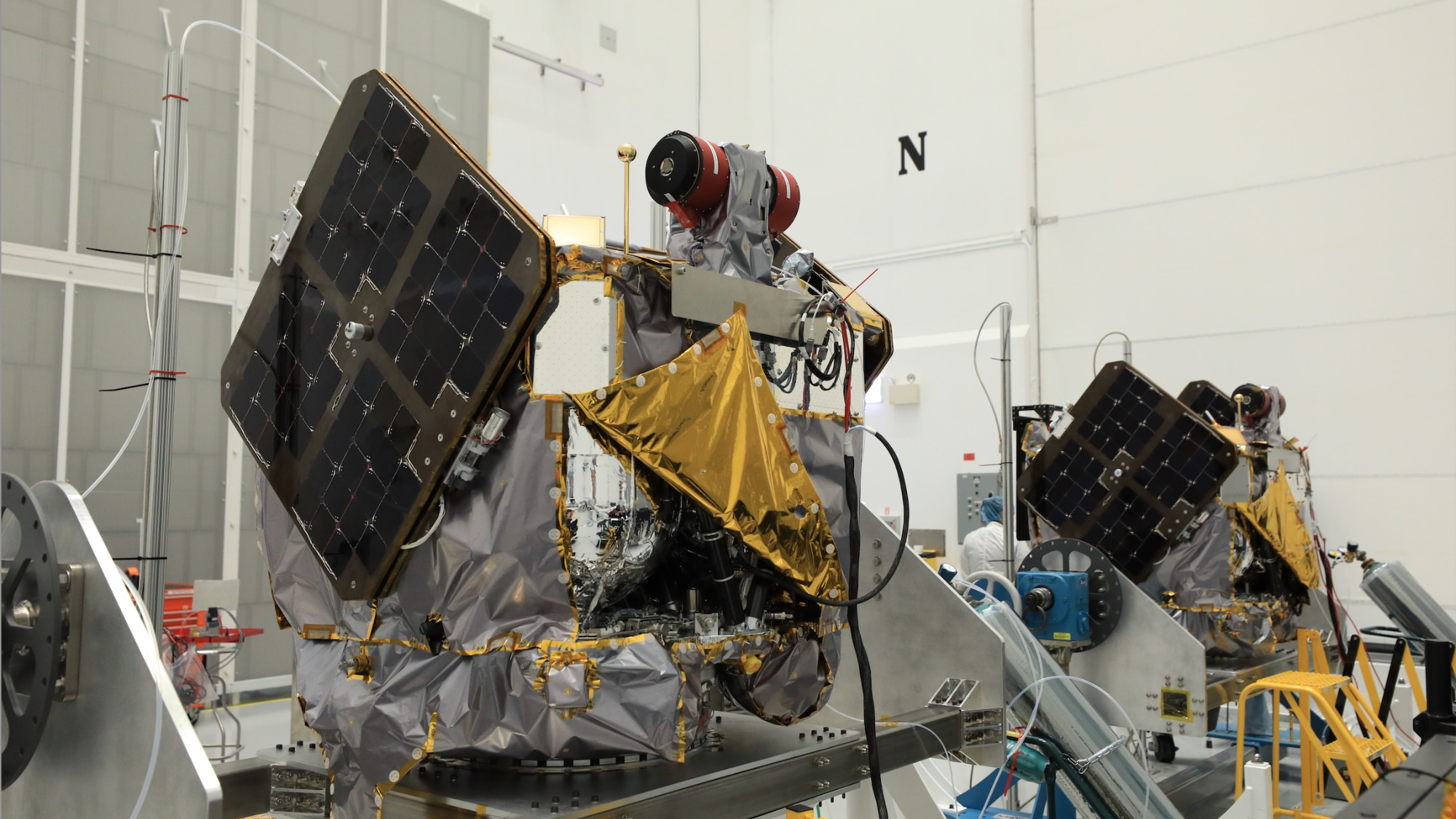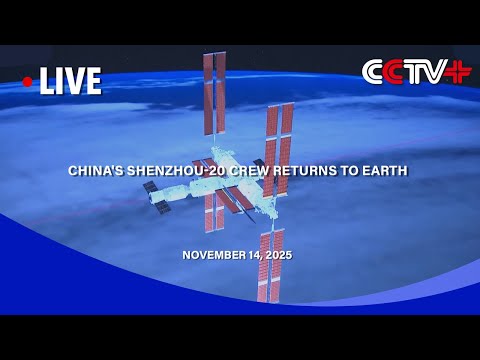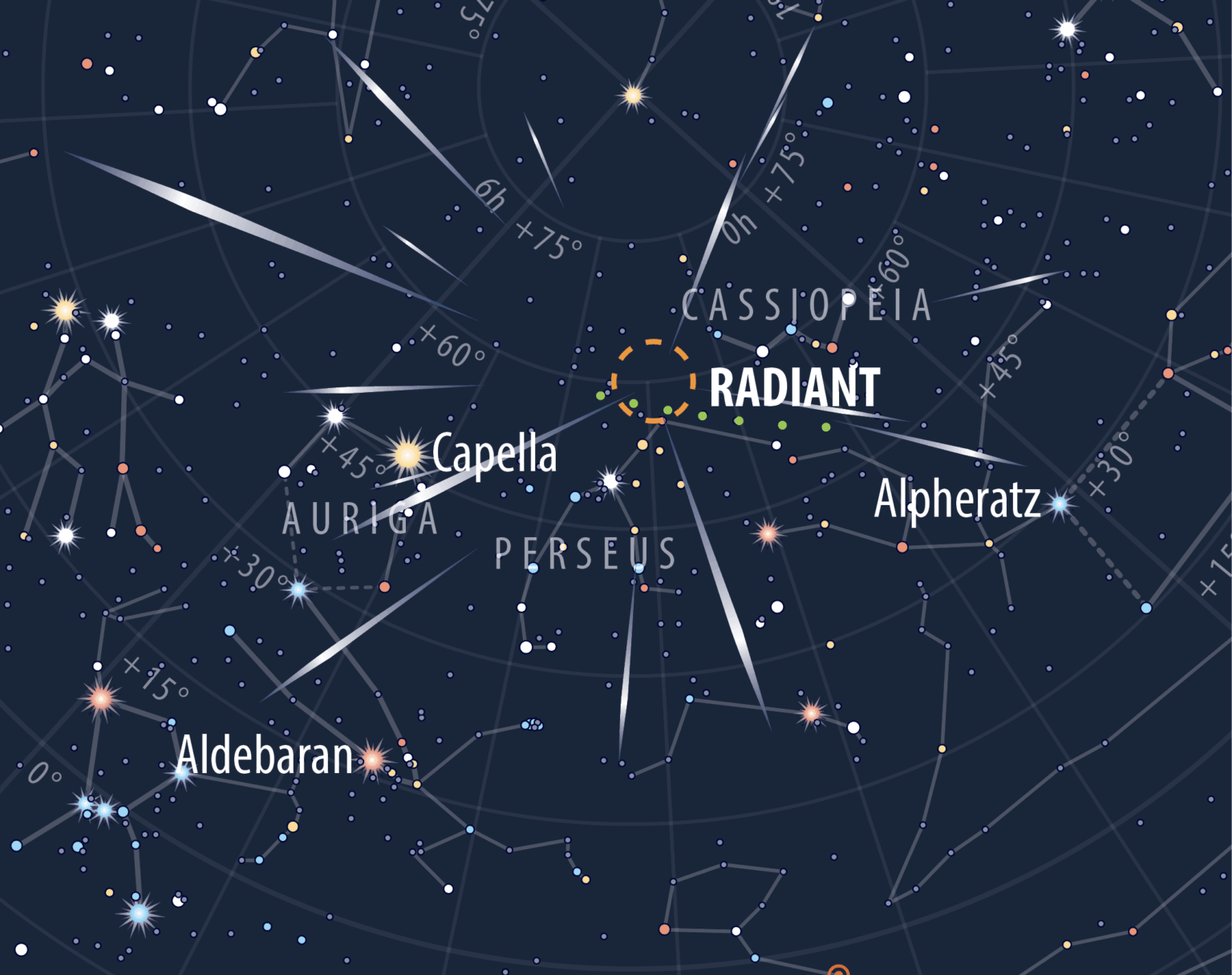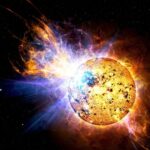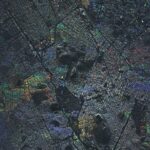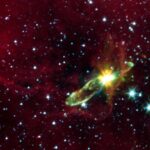Those living in North America, including the U.S., Canada and Mexico, were treated to a skywatching spectacle recently as the northern lights shone throughout the evening of November 11. These
Explore Hubble Hubble Home Overview About Hubble The History of Hubble Hubble Timeline Why Have a Telescope in Space? Hubble by the Numbers At the Museum FAQs Impact & Benefits
https://earthsky.org/upl/2025/11/SolarsystemmovingthroughgalaxyTonyDunn-resize-video.mp4 This video shows our solar system moving through the galaxy. The view is from a hypothetical vantage of a typical interstellar object in the sun’s vicinity. Illustration via Tony
Coronal mass ejection released during the X-class solar flare eruption. (Image credit: NOAA Space Weather Prediction Center) The sun fired off another major eruption today (Nov. 14), unleashing an intense
We often hear about how people working in the space industry first had their interest piqued by space movies and games, but someone working in the space industry for over
WASHINGTON — Members of Maryland’s congressional delegation added their voices to concerns about the closure of offices and labs at the Goddard Space Flight Center. In a Nov. 13 letter
Blue Origin’s plans for the launch of its NG-2 mission, carrying NASA’s ESCAPADE payload, were derailed not by the tumultuous weather in Florida, but by cosmic phenomena. The initial launch
For the first time in more than five years, humanity has launched a mission to Mars — but it won’t be arriving at the Red Planet anytime soon. NASA’s twin
HELSINKI — Three Chinese astronauts have safely returned to Earth in the recently-launched Shenzhou-21 spacecraft after their own spacecraft was declared unsafe. The Shenzhou-21 return module touched down at 3:40
There are many meteor showers throughout the year. Here are the most prominent. For a beginner’s guide on meteors – what they are, where they come from, and how best
-
 012024 in Review: Highlights from NASA in Silicon Valley
012024 in Review: Highlights from NASA in Silicon Valley -
 02Panasonic Leica Summilux DG 15mm f/1.7 ASPH review
02Panasonic Leica Summilux DG 15mm f/1.7 ASPH review -
 03How New NASA, India Earth Satellite NISAR Will See Earth
03How New NASA, India Earth Satellite NISAR Will See Earth -
 04And Thus Begins A New Year For Life On Earth
04And Thus Begins A New Year For Life On Earth -
 05Astronomy Activation Ambassadors: A New Era
05Astronomy Activation Ambassadors: A New Era -
06SpaceX launch surge helps set new global launch record in 2024
-
 07Space Force plans new ‘Futures Command’ amid pressure to speed up modernization
07Space Force plans new ‘Futures Command’ amid pressure to speed up modernization


